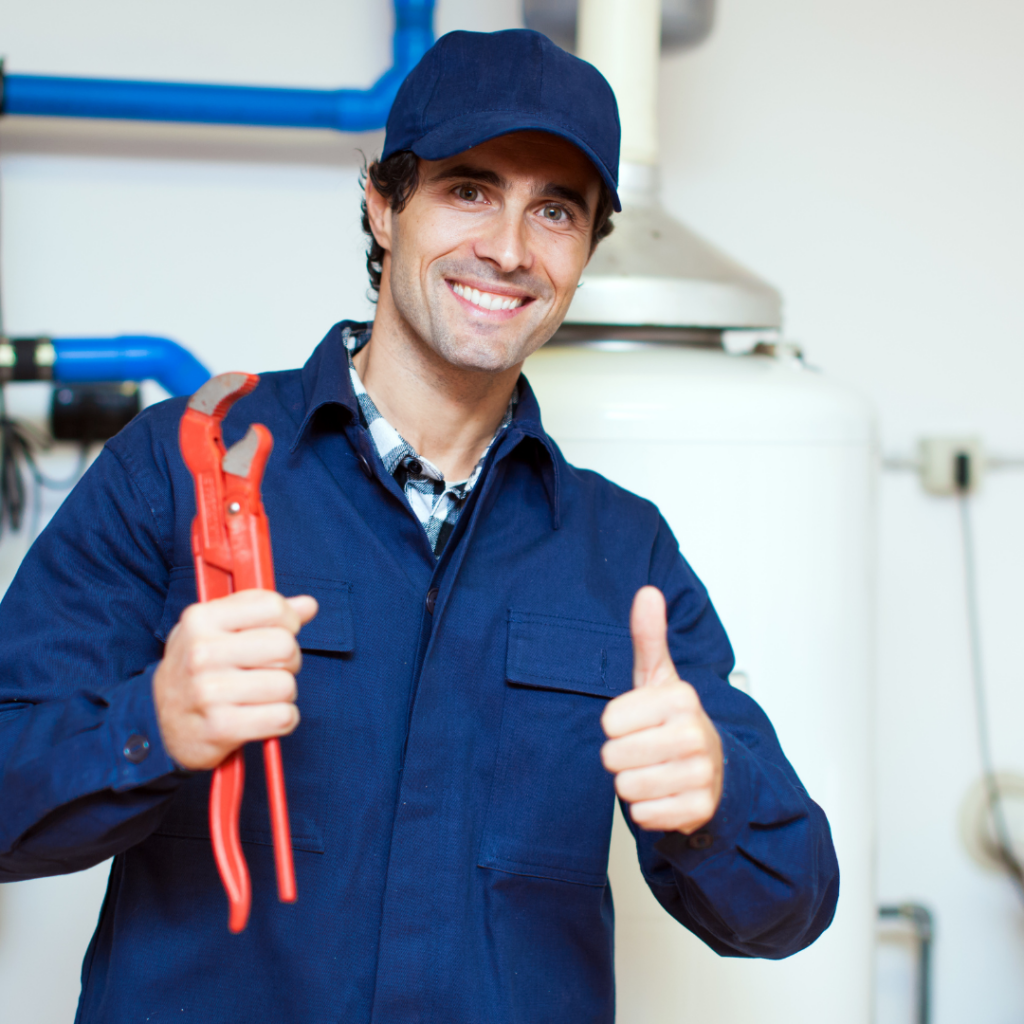In today’s fast-paced world, technology has become an integral part of nearly every industry, revolutionizing traditional practices and enhancing efficiency like never before. One such field experiencing a remarkable transformation is plumbing services. Gone are the days of manual labor and guesswork; instead, innovative technologies are now driving significant advancements in plumbing practices.
In this blog, we delve into the pivotal role technology plays in shaping the landscape of plumbing services. From sophisticated leak detection systems to state-of-the-art pipe inspection cameras, the tools available to modern plumbers have drastically improved their ability to diagnose issues accurately and provide timely solutions. Moreover, advancements in materials and techniques have not only made plumbing repairs more durable but also environmentally sustainable.
Join us as we explore the various ways technology is propelling plumbing services forward, ensuring greater reliability, efficiency, and customer satisfaction in this essential aspect of modern living.
The Future of Plumbing Maintenance

Plumbing maintenance is a crucial aspect of infrastructure management, ensuring the efficient and safe functioning of water and sewage systems. Traditionally, maintenance tasks have been labor-intensive and reactive, often leading to costly repairs and disruptions. However, with the rapid advancement of technology, the future of plumbing maintenance is poised to undergo significant transformation. This article explores the innovative technologies reshaping the plumbing maintenance landscape and their implications for the industry.
- Internet of Things (IoT) Integration: The integration of IoT devices is revolutionizing plumbing maintenance by enabling real-time monitoring and proactive problem-solving. Smart sensors installed in pipelines and fixtures can detect leaks, pressure fluctuations, and other anomalies, allowing maintenance teams to address issues before they escalate. Moreover, IoT platforms provide valuable data insights, enabling predictive maintenance strategies and optimizing resource allocation.
- Predictive Analytics: Predictive analytics tools are leveraging data collected from IoT sensors and other sources to forecast potential failures and prioritize maintenance tasks. By analyzing historical performance data and identifying patterns, these algorithms can anticipate equipment breakdowns and recommend preventive measures. This proactive approach minimizes downtime, extends the lifespan of plumbing assets, and reduces operational costs.
- Augmented Reality (AR) Maintenance: AR technology is transforming plumbing maintenance procedures by providing technicians with immersive, interactive guidance and troubleshooting assistance. Through AR-enabled smart glasses or mobile devices, technicians can overlay digital instructions, schematics, and diagnostic information onto real-world environments. This enhances their efficiency, accuracy, and safety while performing complex maintenance tasks, especially in confined spaces or hazardous conditions.
- Robotics and Automation: Robotics and automation technologies are automating routine maintenance tasks, such as pipe inspection, cleaning, and repair, thereby reducing reliance on manual labor and enhancing efficiency. Robotic systems equipped with cameras, sensors, and actuators can navigate through pipelines, identify defects, and perform necessary repairs with precision. Additionally, automated maintenance processes minimize human error and ensure consistent quality standards.
- Remote Monitoring and Control: Remote monitoring and control solutions enable plumbing maintenance teams to oversee and manage infrastructure assets from a centralized dashboard, regardless of location. Through cloud-based platforms, operators can remotely monitor water quality, adjust system parameters, and troubleshoot issues in real-time. This remote accessibility improves responsiveness, minimizes downtime, and optimizes resource utilization, particularly for large-scale facilities or geographically dispersed networks.
How Technology is Revolutionizing Plumbing Services

Plumbing services have been an essential aspect of human civilization since ancient times. However, with the advent of technology, the landscape of plumbing services is undergoing a significant transformation. From smart leak detection systems to advanced materials and digital communication platforms, technology is revolutionizing the way plumbing services are delivered. This article explores the various ways in which technology is reshaping the plumbing industry and the benefits it brings to both service providers and consumers.
Smart Leak Detection Systems
One of the most significant advancements in plumbing technology is the development of smart leak detection systems. These systems utilize sensors to monitor water flow and detect leaks in real-time. By alerting homeowners or building managers to potential leaks early on, these systems can prevent costly water damage and reduce water wastage. Moreover, some smart leak detection systems can even automatically shut off the water supply in the event of a leak, further mitigating damage.
Remote Monitoring and Diagnostics
Technology has enabled plumbers to remotely monitor and diagnose plumbing issues without having to be physically present on-site. Through the use of cameras, sensors, and other diagnostic tools, plumbers can assess the condition of pipes, fixtures, and appliances from a distance. This not only saves time and reduces the need for multiple service visits but also allows for quicker resolution of plumbing problems.
High-Tech Plumbing Fixtures
Modern plumbing fixtures are becoming increasingly high-tech, incorporating features such as touchless operation, temperature control, and water-saving mechanisms. For example, smart faucets and toilets can adjust water flow and temperature based on user preferences, thereby reducing water consumption and increasing efficiency. Additionally, some smart fixtures can be connected to home automation systems, allowing homeowners to control them remotely via smartphone apps or voice commands.
Advanced Materials and Manufacturing Techniques
Technological advancements in materials science and manufacturing techniques have led to the development of more durable and efficient plumbing components. For instance, the use of corrosion-resistant materials like PEX (cross-linked polyethylene) and PVC (polyvinyl chloride) has extended the lifespan of pipes and fittings, reducing the need for frequent repairs and replacements. Furthermore, innovations such as 3D printing allow for the rapid prototyping and customization of plumbing parts, making it easier for plumbers to address unique installation requirements.
Enhanced Communication and Customer Service
Technology has also improved communication between plumbing service providers and their customers, leading to higher levels of satisfaction. Online appointment scheduling systems, email notifications, and text message alerts keep customers informed about service appointments and updates. Moreover, digital invoicing and payment platforms make it easier for customers to manage their accounts and track expenses. Overall, these technological solutions contribute to a more streamlined and transparent customer experience.
Conclusion
EZI Plumbing, we recognize the pivotal role that technology plays in enhancing and revolutionizing plumbing services. Through innovative tools and digital solutions, we have witnessed significant advancements in efficiency, accuracy, and customer satisfaction. Embracing technology has allowed us to streamline operations, offer more precise diagnoses, and deliver prompt, reliable services to our valued customers in Chain Valley Bay, NSW, Australia, and beyond. As we continue to integrate cutting-edge technologies into our practices, we remain committed to staying at the forefront of the industry, ensuring excellence and convenience in every aspect of our work. For inquiries or assistance, please don’t hesitate to contact us at +61 448467788.

